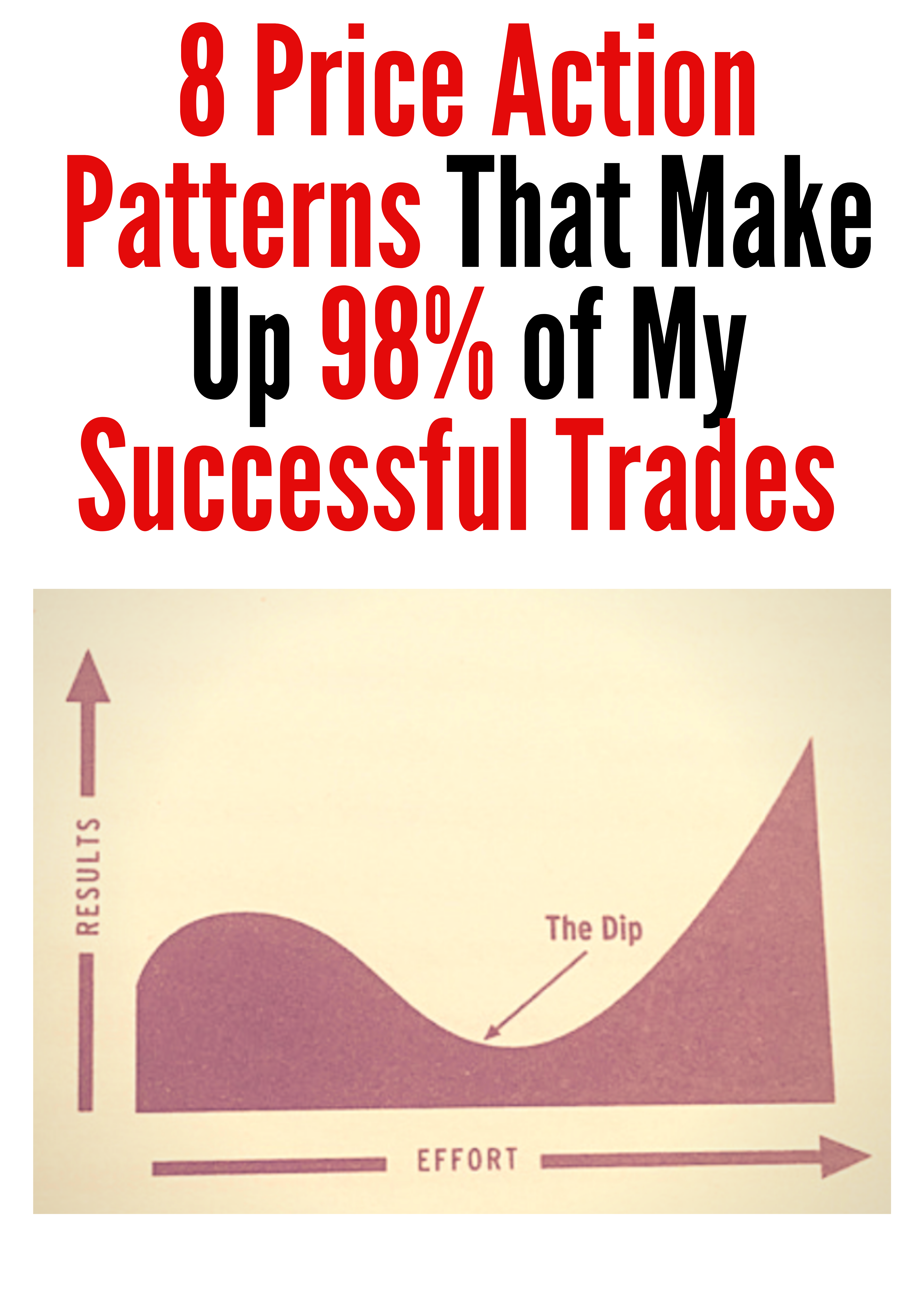7 Forex Trading Strategies Every Trader Must Know
The forex market, with its unparalleled liquidity and potential for high returns, maybe a magnet for traders around the world. Be that as it may, exploring this complex and energetic space isn’t without its challenges. Victory in forex trading requires not as it were specialized aptitudes but too a well-rounded understanding of different trading methodologies.
Key Takeaways
- Acing differing trading techniques is basic for victory within the energetic forex showcase.
- Techniques like Trend following after and price action trading center on analyzing market behavior, whereas others, like news trading and carry trades, use outside variables.
- Compelling hazard administration, intensive backtesting, and adjusting to showcase conditions are pivotal for steady benefit.
This article presents seven basic trading procedures that can assist traders in distinguishing openings, overseeing chance, and accomplishing reliable profits.
1. Trend following after
What Is the Trend following after?
Trend following after may be a technique that includes recognizing the winning market whether upward (bullish) or descending (bearish)and executing trades within the trend’s heading. The thought is basic: The trend is your friend.
Apparatuses and Markers
Moving Averages: Apparatuses just like the 50-day and 200-day moving averages can offer assistance in distinguishing trend direction and quality.
Trendlines: Drawing trendlines on cost charts highlights key bolster and resistance levels inside a trend.
By adjusting trades with showcase energy, traders can maximize the potential for maintained picks up.
2. Breakout Trading
What Is Breakout Trading?
Breakout trading centers on distinguishing when costs breach key bolster or resistance levels and capturing the resulting price movements. Breakouts flag expanded showcase instability and potential trend arrangement.
Chance Administration in Breakout Trading
Stop-Loss Orders: Put stop-loss orders fair underneath the breakout level to play down potential misfortunes on the off chance that the cost turns around.
Position Measuring: Alter parcel sizes to oversee hazards amid unstable breakouts.
This technique is especially compelling in exceedingly unstable markets, where price action frequently takes after a clear heading after a breakout.
3. Range trading
What Is range Trading?
Range trading capitalizes on cost development inside a characterized range, where the market oscillates between support and resistance levels without a clear trend.
Distinguishing Cost Ranges
Back and Resistance Zones: Distinguish key levels where costs reliably bounce back or switch.
Oscillators: Indicators just like the Relative Strength Index (RSI) can affirm overbought or oversold conditions inside the range.
This methodology works best in steady markets with moo instability and no noteworthy news or financial occasions driving cost development.
4. News trading
What Is News Trading?
News trading includes leveraging the effect of financial news discharges, such as interest rate choices or work information, to benefit from showcase instability.
Procedures for News Trading
Financial Calendars: Utilize devices like forex financial calendars to expect major declarations.
Straddle Orders: Put purchase and offer orders over and underneath the current cost to capture the development in either heading post-news discharge.
Whereas news trading offers high profit potential, it requires speedy decision-making and vigorous risk management due to extraordinary instability.
5. Carry trade
What Is Carry Trading?
Carry trading includes borrowing in low-interest-rate cash (e.g., JPY) and contributing in high-interest-rate money (e.g., AUD). traders win the interest rate differential or carry while holding the position.
Dangers and Rewards
Rewards: Unfaltering returns through interest installments in expansion to potential capital picks up.
Dangers: Introduction to money changes and sudden changes in interest rate approaches.
Carry trades are long-term procedures suited for steady financial situations with unsurprising interest rate contrasts.
6. Scalping
What Is Scalping?
Scalping could be a short-term trading procedure that looks for to profit from low-cost developments over a couple of minutes or seconds. Scalpers point construct up”>to construct up multiple little picks up all through the trading day.
Keys to Victory in Scalping
Speed and Accuracy: Utilize quick execution and tight spreads to capitalize on little cost changes.
Volume: Scalpers frequently trade expansive volumes to open up little benefit edges.
Scalping is perfect for traders with a tall resistance to fast-paced trading and the capacity to screen markets ceaselessly.
7. Price Action trading
What Is Price Action Trading?
Price action trading centers on analyzing raw cost development instead of depending intensely on indicators. Traders decipher candlestick designs, chart arrangements, and market behavior to create choices.
Key Devices for Price Action
Candlestick Designs: Designs like Doji, Hammer, and Engulfing candles give an understanding of market opinion.
Bolster and Resistance Levels: price action regularly responds at key levels, making openings for sections or exits.
This technique emphasizes straightforwardness and depends on a trader’s capacity to decipher showcase brain research specifically from charts.
Conclusion
Acing these seven forex trading techniques can prepare traders with the apparatuses required to explore the complexities of the forex showcase. From taking after patterns to capitalizing on news occasions or utilizing the craftsmanship of scalping, each methodology offers one of a kind focal points and caters to diverse trading styles.
Consistency in backtesting strategies, refining hazard administration strategies, and ceaseless learning is fundamental for long-term victory. Grasp these techniques, adjust them to your fashion, and clear your way to getting to be a sure and beneficial forex trader.





